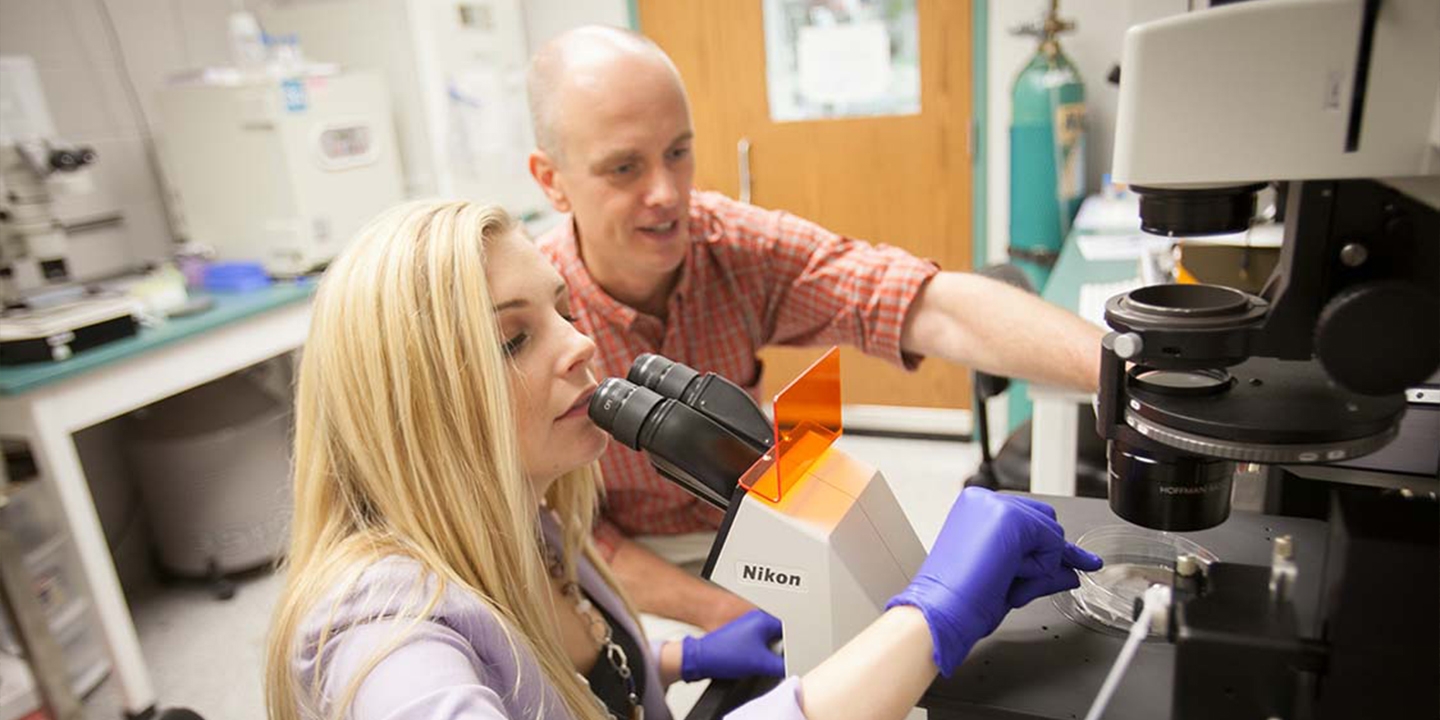Research
Explore how the Cornell Richard P. Riney Canine Health Center is investing in critical, innovative and collaborative research that will help dogs live longer, healthier, happier lives.
Internally Funded Projects
These studies are funded by the Riney Canine Health Center
Externally Funded Project Archive
Explore projects that have been funded by external government, private and non-profit organizations.



